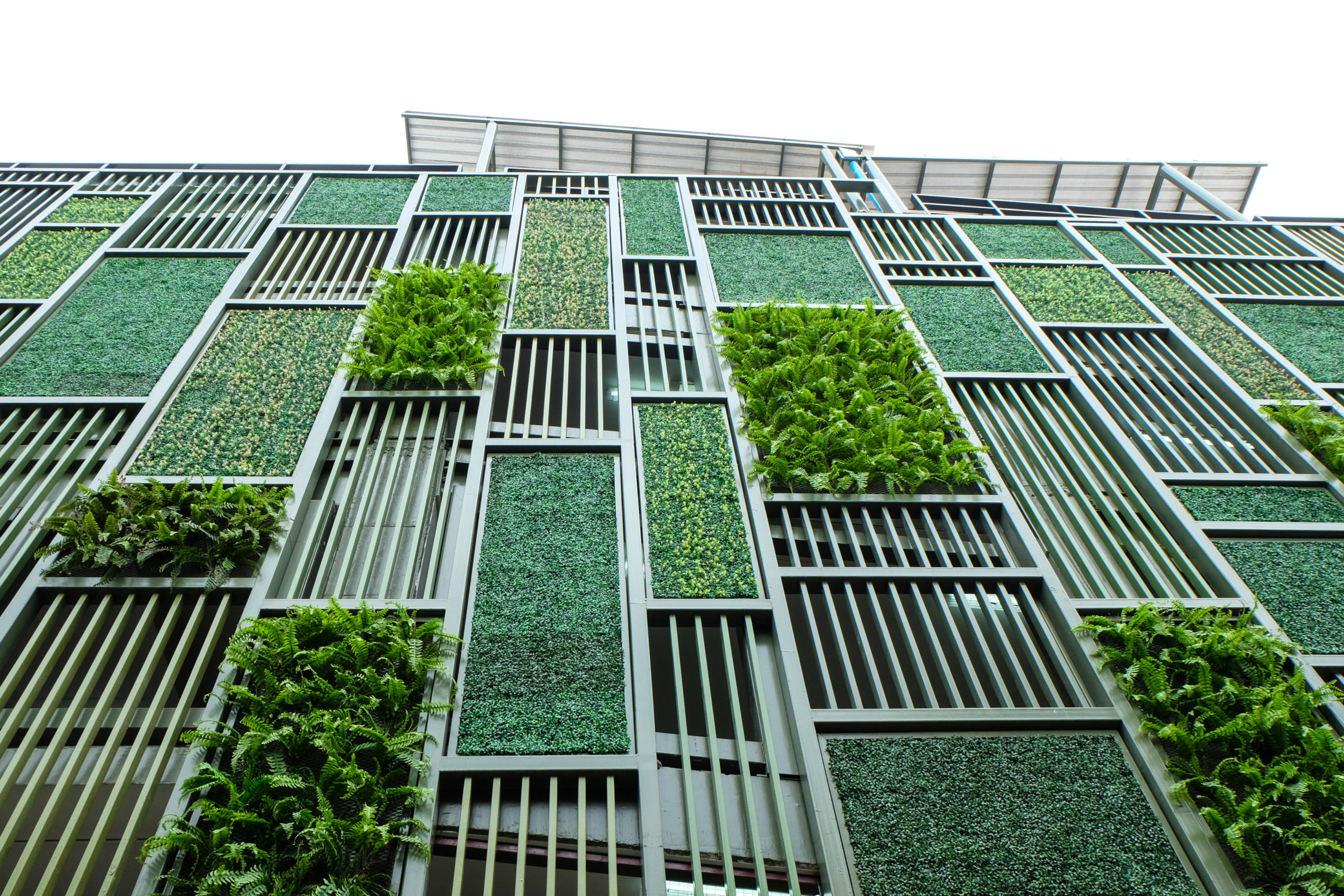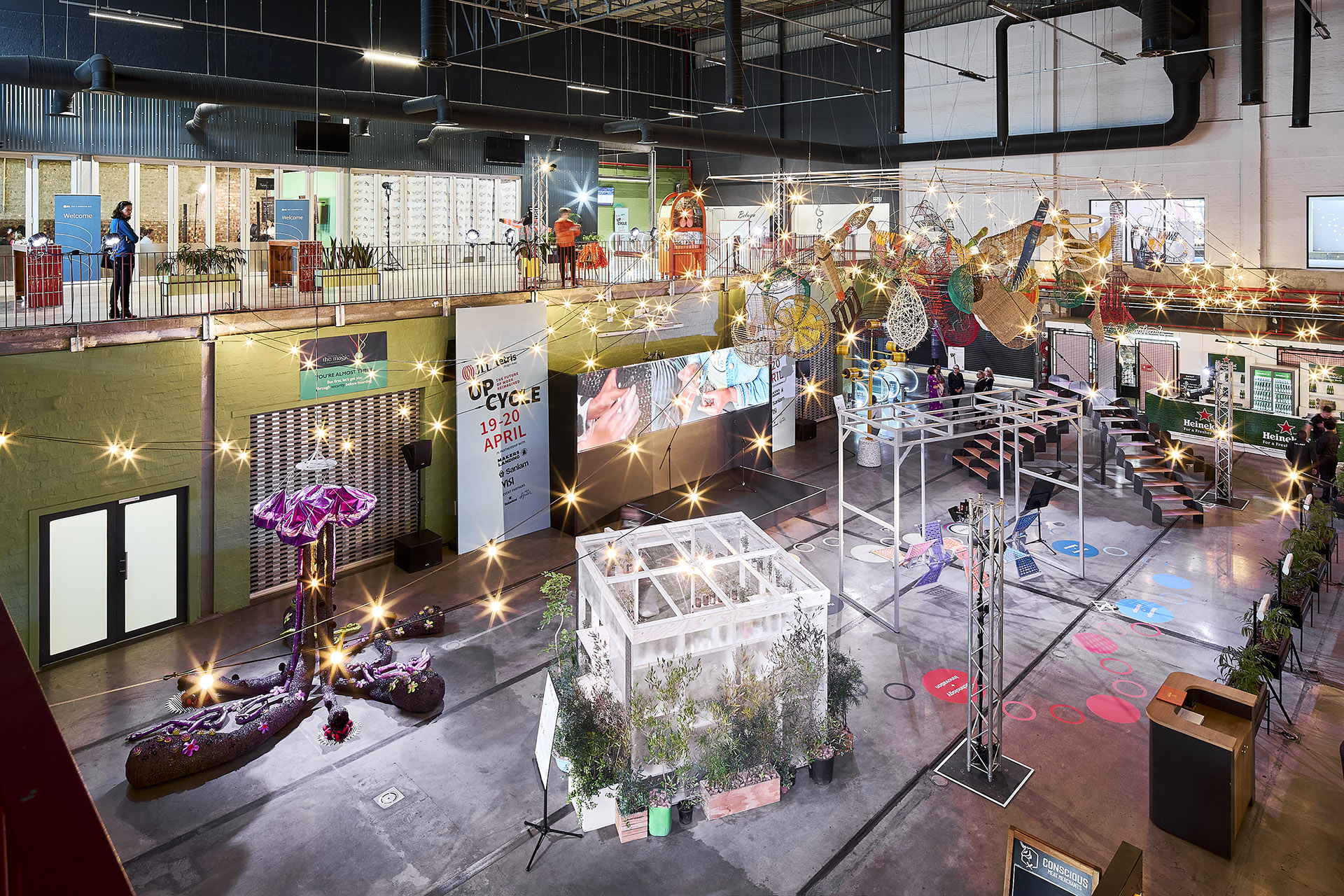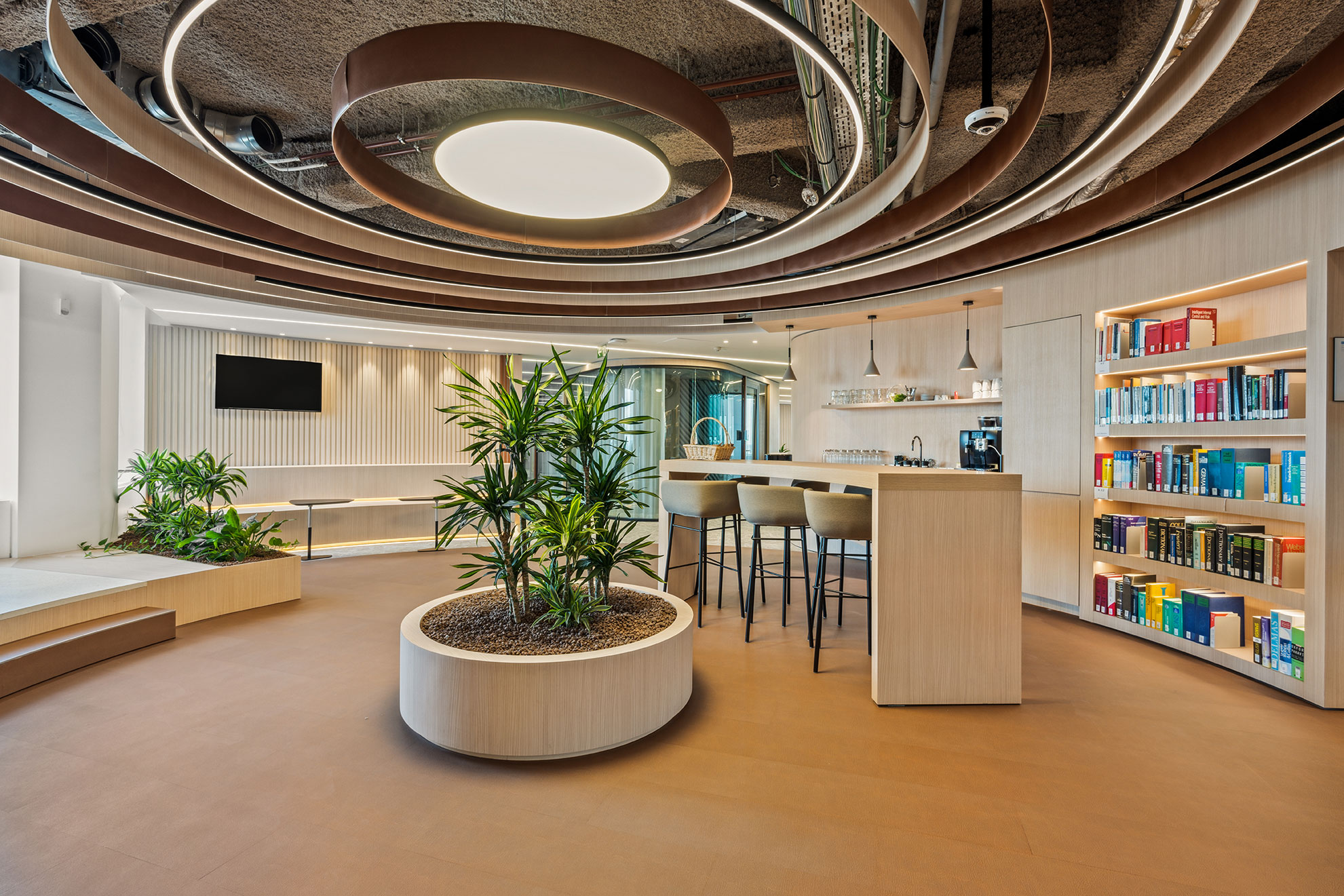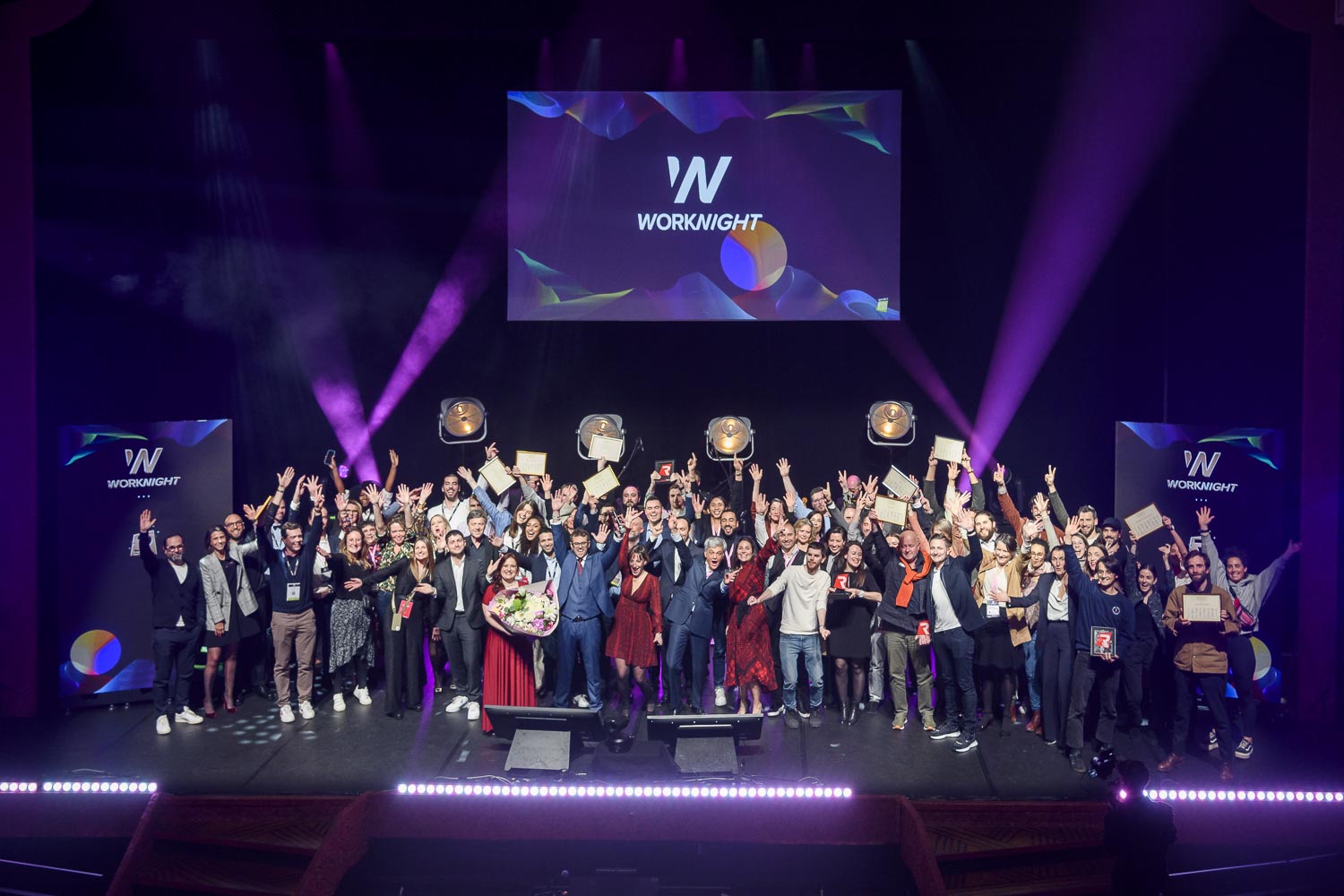Sustainability is at the top of everyone’s agenda. It’s no longer a tick-box exercise either – people genuinely care about it and, according to JLL’s report on Decarbonising the Built Environment, it is the main focus for investors when thinking about real estate. Buildings that promote wellbeing, health, biophilia, collaboration and inclusion are now the most attractive. So, how can you achieve sustainability in something that’s already built? The answer lies in retrofitting your interiors.
According to the research, both landlords and occupiers see a need for a greener, more sustainable interior – 83% of occupiers agree that their employees will demand more green spaces and 78% of investors echoed this by agreeing that their tenants want greener. This comes into sharper focus when you look at all of the net zero carbon promises pledged for 2025. A fundamental reality from the past 18 months is that employees are now more empowered to determine their future workplace experience with a higher level of freedom; it doesn’t have to mean returning to the ‘old office’.
Give old buildings a new lease on life
While new builds accommodate for ESG requirements and come with sustainable interior elements, this isn’t the case for the majority of buildings. “You can’t tear them down and start again. Besides, many of these buildings are historic and a work of art in themselves. What you can do is change your interior so it’s more environmentally friendly,” says Adrian Bojczuk, EMEA Investors and Landlords Client Development Director. “Retrofitting legacy buildings presents a challenge because there will be specific rules and regulations, but it also offers a fantastic opportunity. It’s the dominant solution in creating a low-carbon economy”. We have a social responsibility to the planet and environment to educate others and install energy-saving solutions to reduce global warming.
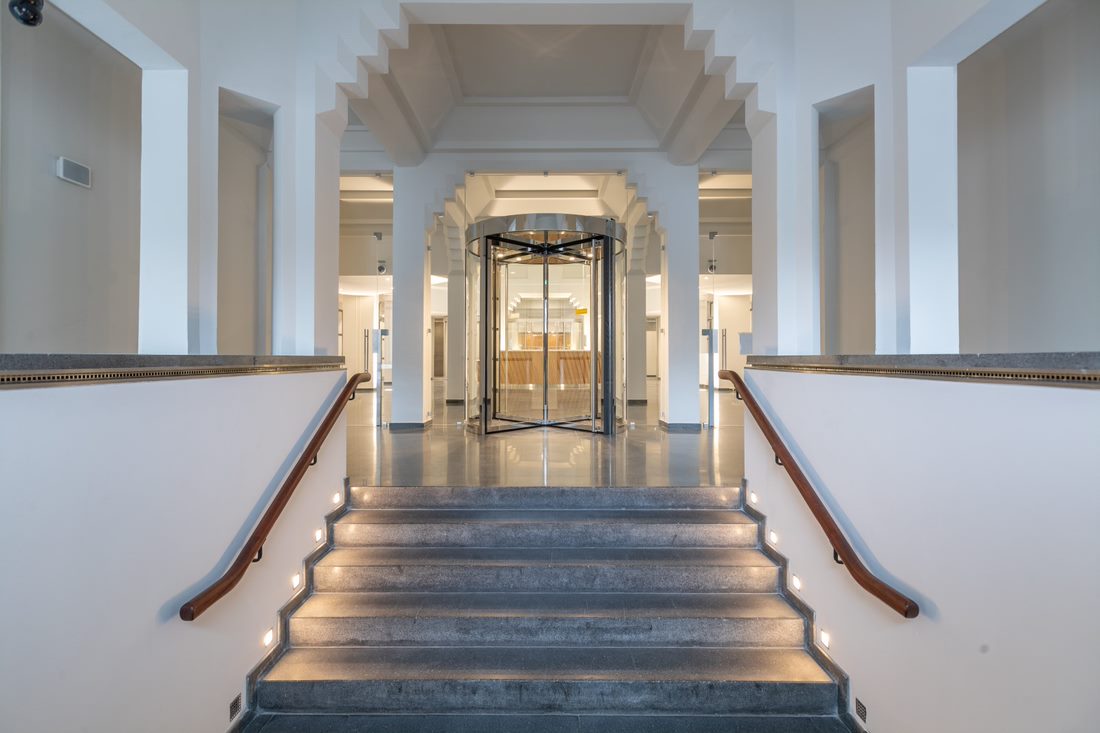
Usually, our retrofitting projects can help transform old buildings that are empty because they don’t meet approved standards, including environmental ones. “We’re currently retrofitting Vizcaya 12 in Madrid, which was 100% vacant beforehand,” Bojczuk continues. This retrofitting project will allow a historic building to achieve both LEED Gold Certification and WELL Platinum. “Alongside revamping the interiors, we are also transforming two outdoor terraces, adding lots of green spaces and biophilia, and changing the outer façade.”
Get certified
Green accreditations are becoming a common way for companies and buildings to gain green credentials and credibility, as well as drive demand. “It goes without saying that buildings that have been officially certified will be more popular and in demand than those without any,” says Joanna Gajewska-Sokolowska, Deputy COO and Sustainability Chair for EMEA. “However, sometimes buildings simply can’t get these certifications because of their age or protected characteristics. That’s why we created the Tétris Sustainability Code, which has actionable, simple steps that any building or company can make to make their space more sustainable.”
Even small considerations, such as reducing waste by locally sourcing items and making sure that at the end of their lifestyle, they can be upcycled, reused or donated can make a big difference and reduce your carbon footprint. “The circular economy of things is really important when improving your sustainability. Sometimes the simplest solutions can make the most significant differences,” Gajewska-Sokolowska adds.
A healthier, safer space
“The pandemic has actually shown the need to retrofit buildings and ensure they’re designed with their users’ wellbeing in mind,” says Bojczuk. “Smart technology and sensors can be incorporated throughout to make the building safe. Not only that, but it helps differentiate you from competitors who perhaps haven’t invested in the latest tech. A lot of occupiers will think ‘we should rent out the space with the best tech that allows for hybrid working’, so they’ll choose the buildings that have an edge.” Investors have a responsibility to retrofit their buildings to help the environment and reduce the damage they do – demolishing buildings to build new ones emits a lot of carbon, so retrofitting is arguably the best thing you can do as a landlord.
Bojczuk goes further, stating that retrofitting your building can increase overall safety for users. “In a post-pandemic world, we’re all concerned with potentially transmitting and catching COVID-19. If you adapt your building and make it safer, you’re more appealing than the rest.”
One of the ways this can be achieved is by installing new, energy-efficient HVAC systems, which can be equipped with additional UV lamps to cleanse the air that’s circulated around the building. So not only will people have fresh air, but they can breathe comfortably in the knowledge that the air is being sanitised. Similar solutions can also be used in elevators; UV lights can cleanse an empty lift before it arrives at the floor it’s been ordered to, ensuring a fresh, sterile and safe journey between floors. Some landlord may wish to go a step further and install temperature measuring systems in common areas that won’t allow people with a fever or high temperature to enter.
There’s no time like the present to make a change that can benefit the environment and the future of our planet – we have a duty to play our part in reducing our carbon footprint and retrofitting is part of the solution.

We can help you retrofit your building
